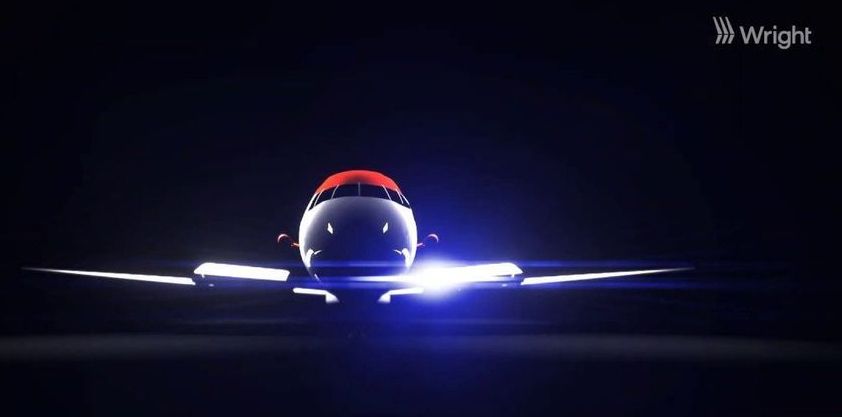Feb 4, 2020
Could ‘young’ blood stop us getting old?
Posted by Paul Battista in categories: biotech/medical, life extension
US biotech companies are working towards plasma therapies to tackle age-related diseases in humans.
US biotech companies are working towards plasma therapies to tackle age-related diseases in humans.

It’s hard to imagine today, but Wright Electric is trying to build an electric aircraft for 186 passengers.
Wright Electric announced the start of the electric propulsion development program for the 186-seat electric aircraft — Wright 1.
A new Einsteinian equation, ER=EPR, may be the clue physicists need to merge quantum mechanics with general relativity.
We were unsure if wormholes could exist long enough to allow a person through. Now calculations indicate they are extremely rare, but could last the age of the universe.
 O.o.
O.o.
This paper describes a new and efficient method of defining an annular region of a curl-free magnetic field with specific physics and coil properties that can be used in stellarator design. Three statements define the importance:
Codes can follow an optimized curl-free initial state to a final full-pressure equilibrium. The large size of the optimization space of stellarators.
Approximately fifty externally-produced distributions of magnetic field, makes success in finding a global optimum largely determined by the starting point.
Continue reading “Curl-free magnetic fields for stellarator optimization” »
O.o.
Laser weapons can strike at the speed of light, and they’re quickly deploying to every possible fighting domain, whether on land, in the air, and at sea. But what about under the sea?
Open-source budget documents, the earliest of which date back to 2011, show the Navy’s plans to arm Virginia-class nuclear subs with high-energy laser weapons. It’s a strange idea seeing as laser weapons definitely do not work underwater. Submarines are also quiet recluses by design, rarely popping their heads above water.
Strokes cause brain cells to short-circuit and trigger a dangerous flood of fluid in the tissue.
Cancer genomes contain large numbers of somatic mutations but few of these mutations drive tumor development. Current approaches either identify driver genes on the basis of mutational recurrence or approximate the functional consequences of nonsynonymous mutations by using bioinformatic scores. Passenger mutations are enriched in characteristic nucleotide contexts, whereas driver mutations occur in functional positions, which are not necessarily surrounded by a particular nucleotide context. We observed that mutations in contexts that deviate from the characteristic contexts around passenger mutations provide a signal in favor of driver genes. We therefore developed a method that combines this feature with the signals traditionally used for driver-gene identification. We applied our method to whole-exome sequencing data from 11,873 tumor–normal pairs and identified 460 driver genes that clustered into 21 cancer-related pathways. Our study provides a resource of driver genes across 28 tumor types with additional driver genes identified according to mutations in unusual nucleotide contexts.
Researchers from SENS Research Foundation, including Matthew O’Connor and Amutha Boominathan, have published a new study showing how codons play an important role in getting copies of mitochondrial genes placed in the cellular nucleus to express themselves correctly [1].
A possible solution to mitochondrial diseases
Mitochondrial disease is not a single disease; in fact, it is a group of rare and related conditions that are thought to affect perhaps 1 in 5000 people. These are caused due to mutations in the genes involved in the process of aerobic respiration, one of the main functions of our mitochondria.
James P. Allison believed that unleashing the immune system was a way to beat cancer when almost no one else did. A Nobel Prize and a growing list of cancer survivors vindicate him.
